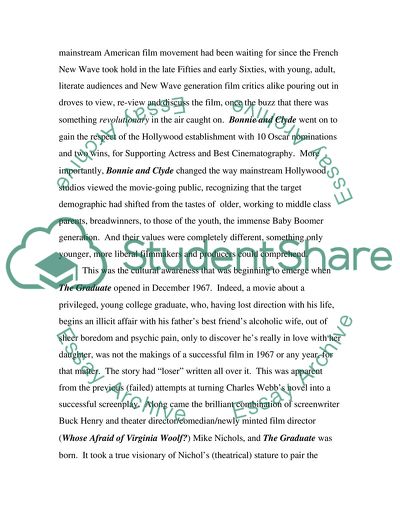Cite this document
(Films from Different Decades Essay Example | Topics and Well Written Essays - 1750 words, n.d.)
Films from Different Decades Essay Example | Topics and Well Written Essays - 1750 words. https://studentshare.org/visual-arts-film-studies/1723304-film-essay
Films from Different Decades Essay Example | Topics and Well Written Essays - 1750 words. https://studentshare.org/visual-arts-film-studies/1723304-film-essay
(Films from Different Decades Essay Example | Topics and Well Written Essays - 1750 Words)
Films from Different Decades Essay Example | Topics and Well Written Essays - 1750 Words. https://studentshare.org/visual-arts-film-studies/1723304-film-essay.
Films from Different Decades Essay Example | Topics and Well Written Essays - 1750 Words. https://studentshare.org/visual-arts-film-studies/1723304-film-essay.
“Films from Different Decades Essay Example | Topics and Well Written Essays - 1750 Words”. https://studentshare.org/visual-arts-film-studies/1723304-film-essay.


